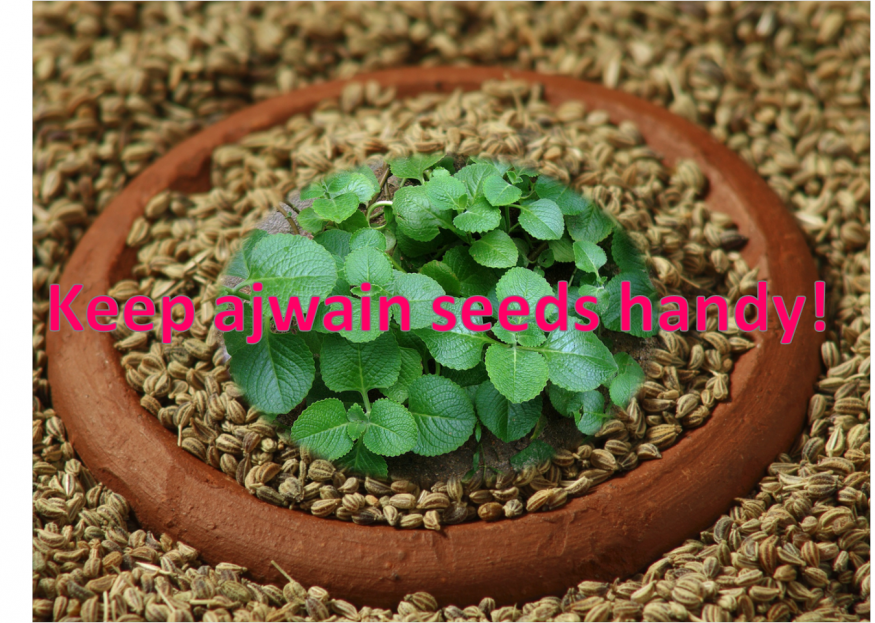Hearing “breast cancer” out loud can feel like the floor just gave way. Everything else fades, and one quiet question starts echoing: “Will I survive this?” It’s not a rare fear. It’s an important question with no definitive answer: Each case is different. Worldwide, roughly one in eight women will be hit with abreast cancer diagnosis in their lifetime. What is surprising, however, is that the survival rate for early-stage breast cancer is more than 95%. At Oncare, we don’t treat the disease; we treat the person. Our team will offer you personalized, compassionate care and help you approach this journey with clarity, strength, and support.
Here is where survival rates become important. While they can’t predict exactly how long someone will live, they offer a clearer understanding of how others with the same type and stage of cancer have responded to treatment over time, and this article will break that down for you.
Global Breast Cancer Survival Rates
Over the years, survival rates for breast cancer have steadily climbed in many parts of the world. It’s largely because doctors are catching it earlier, and treatments have come a long way. In places like the United States, roughly 91 out of every 100 females with breast cancer will survive to 5 years after diagnosis, but as time goes on, those numbers will drop somewhat; just over 86% survive to 10 years, and around 81% survive to 15 years. It shows progress, yes, but also reminds us that long-term care and follow-up matter just as much.
Survival odds can look very different depending on when the cancer is found. If detected early, while it remains within the breast, the prognosis is extremely positive, with over 99% of people living five years or more after diagnosis. But once it has spread to other parts of the body, the prognosis becomes much worse. In those cases, the five-year survival rate drops to about 30%. It’s a stark contrast that really drives home the importance of spotting it early and acting fast.
Breast Cancer Survival Rates in India
In India, the scenario is more challenging. A study by the Indian Council of Medical Research (ICMR) revealed that the 5-year survival rate for breast cancer patients in India is approximately 66.4%.
There are many reasons for this difference. A large number of breast cancer cases in India are diagnosed at an advanced stage. A report states that over 50% of Indian women are diagnosed at stages III or IV, where the prognosis is worse.
Oncare prioritizes early detection and screening. The company’s mission is to increase awareness and the availability of diagnostic services to facilitate prompt intervention.
Key Prognostic Factors Affecting Survival
What things actually affect a person’s odds of beating breast cancer? There is not one, but several! Any number of factors might affect the final outcome, including tumor size, age at diagnosis, and type of treatment. The next step is to lay out the biggest factors that influence someone’s chances of survival.
1. Tumor Characteristics
One of the first things doctors look at is how big the tumor is and whether it’s made its way to the nearby lymph nodes. Generally, the smaller the tumor and the more contained it is, the better the chances. If it hasn’t spread, that’s a good sign. Another piece of the picture is something called the tumor grade. That’s basically how “normal” or “abnormal” the cancer cells look under a microscope. The more different they are from healthy cells, the more aggressive the cancer tends to be. All of this helps shape what treatment looks like and what to expect.
2. Hormone Receptor and HER2 Status
Breast cancers are studied for estrogen, progesterone receptors, and the HER2 protein. Cancers that are positive for hormone receptors or HER2 may be treatable with a targeted therapy that leads to increased survival rates.
3. Molecular Subtype of Breast Cancer
Breast cancer can be different for each person. Doctors check what makes the cancer grow. Some grow because of hormones like estrogen or a protein called HER2. But some don’t respond to any of these. That kind is called triple-negative breast cancer. It can be more challenging to treat and might have a faster spread. While it’s tougher, knowing the type of cancer allows doctors to better select the preferred way to treat it. It’s one thing to know you have a problem, but it’s a whole different situation to know what problem you have. That way, the measurements of the treatments can be focused on the task at hand and will be more helpful.
4. Menopausal Status
Menopause changes so much in the body, and it appears that it can also change breast cancer. In pre-menopause, there are more hormones floating around, and some cancers use those hormones to grow. After menopause, those hormone levels decrease, and the cancer may not receive growth signals in the same way. This can change how the cancer behaves and how the treatment ultimately works. Understanding if someone has gone through menopause helps doctors make treatment choices that are more relevant to what the body is going through. It is a minor detail, but details matter.
5. Age at Diagnosis
Your age at the breast cancer diagnosis can change a lot about how everything plays out. Younger women sometimes have more aggressive types of breast cancer, and that can complicate things like treatment. Older women might have other health problems that make treatment trickier. It’s not good or bad, it just means doctors have to think about different things depending on how old you are.
6. Genetic Factors
Sometimes, breast cancer runs in families, not by chance, but because of changes in certain genes like BRCA1 or BRCA2. If someone has one of these mutations, their chances of getting breast cancer go way up. That’s where genetic testing comes in. It doesn’t just explain the “why”; it helps people take action early. For some, it means more frequent doctor’s appointments; for others, it might mean making difficult but educated decisions about either treatment or prevention. Knowing what is in our genes can’t change the risk, but it certainly can change how we manage the risk.
7. Overall Health and Comorbidities
Patients with additional comorbidities, like diabetes, heart disease, etc., often have difficulties during treatment. A comprehensive health assessment makes sure the treatment will be both safe and effective.
8. Access to Quality Care
Access to all diagnostic tools when needed, along with timely medical care from oncologists and therapeutic options when they are available, makes a difference in survival. At Oncare, we are dedicated to affordable, comprehensive cancer care. If patients need treatment, it is our goal to arrange care so that patients can get the best care, and not impact them financially.
Enhancing Survival Outcomes
Improving the chances of surviving breast cancer isn’t about just one thing, it’s a combination of steps that work best when done together. Here’s what really makes a difference:
- Early Detection: Detecting cancer early, before it has spread, gives you a head start. Regular screenings, knowing your body, and acting quickly can mean simpler and better treatment.
- Personalized Treatment: No two people are the same, and neither are their cancers. Treatments that are tailored to your specific tumor type, age, and overall health tend to work better. At Oncare, every plan is built around the person, not just the disease.
- Emotional and Mental Support: There’s a lot to overcome with cancer; it isn’t only about medicine. It’s also about how you feel during the journey. Help from counselors, as well as support from loved ones, or even other patients, can make a bad road feel a little lighter. At Oncare, we present counselling and support for both patients and families.
Conclusion
Although breast cancer still poses a serious health risk, progress in medical science and awareness has meant that survival rates are better than ever. But we still see differences in some places, like India. Accessing different options for early detection, personalized treatment, and the required level of care is vital to improving outcomes. At Oncare, we promise to provide you with full, compassionate, and affordable care.
FAQs
- What is the survival rate for breast cancer in India?
Well, the survival rate for breast cancer in India is approximately 66.4%, depending on the stage of diagnosis, medication, and lifestyle. According to the study and research, 17,331 patients have been cured across 11 regions so far, as per the 5-year survival rate. This survival rate is relatively lower compared to developed countries, primarily due to late-stage diagnosis and limited access to early detection and treatment facilities, specifically for those below the poverty line.
- How does early detection impact breast cancer survival rates?
Early detection obviously increases the chances of survival outcomes. For example, the 5-year relative survival rate for localized breast cancer, i.e., cancer confined to the breast, is over 99%. It sums up that regular screenings and prompt attention to symptoms are important for early diagnosis and effective treatment.
- What are the key factors affecting breast cancer prognosis?
Breast cancer prognosis varies depending on various factors. The size and grade of the tumor can reflect the aggressiveness of the cancer, while lymph node involvement generally means a greater risk. Hormone receptor-positive cancers generally respond well to hormone therapy and HER2-positive cancers are treated with drugs specifically targeted to them. The age and general health of the individual and access to timely, quality care also have a large contribution towards recovery and survival over a long time.
- What is the survival rate for stage 4 breast cancer?
Stage 4 breast cancer is a stage where the cancer has aggressively spread to distant organs, and the 5-year relative survival rate is about 32%. However, advanced and specialized treatments and personalized care plans are improving outcomes for many patients.
- Can lifestyle changes improve breast cancer survival chances?
Absolutely, and lifestyle alterations can positively impact breast cancer survival. It involves maintaining a healthy weight, engaging in regular physical activity, limiting alcohol intake, and avoiding tobacco use, which can improve overall health significantly and subsequently enhance the treatment’s effectiveness.
Image by Waldryano from Pixabay (Free for commercial use)
Image Published on October 5, 2016







